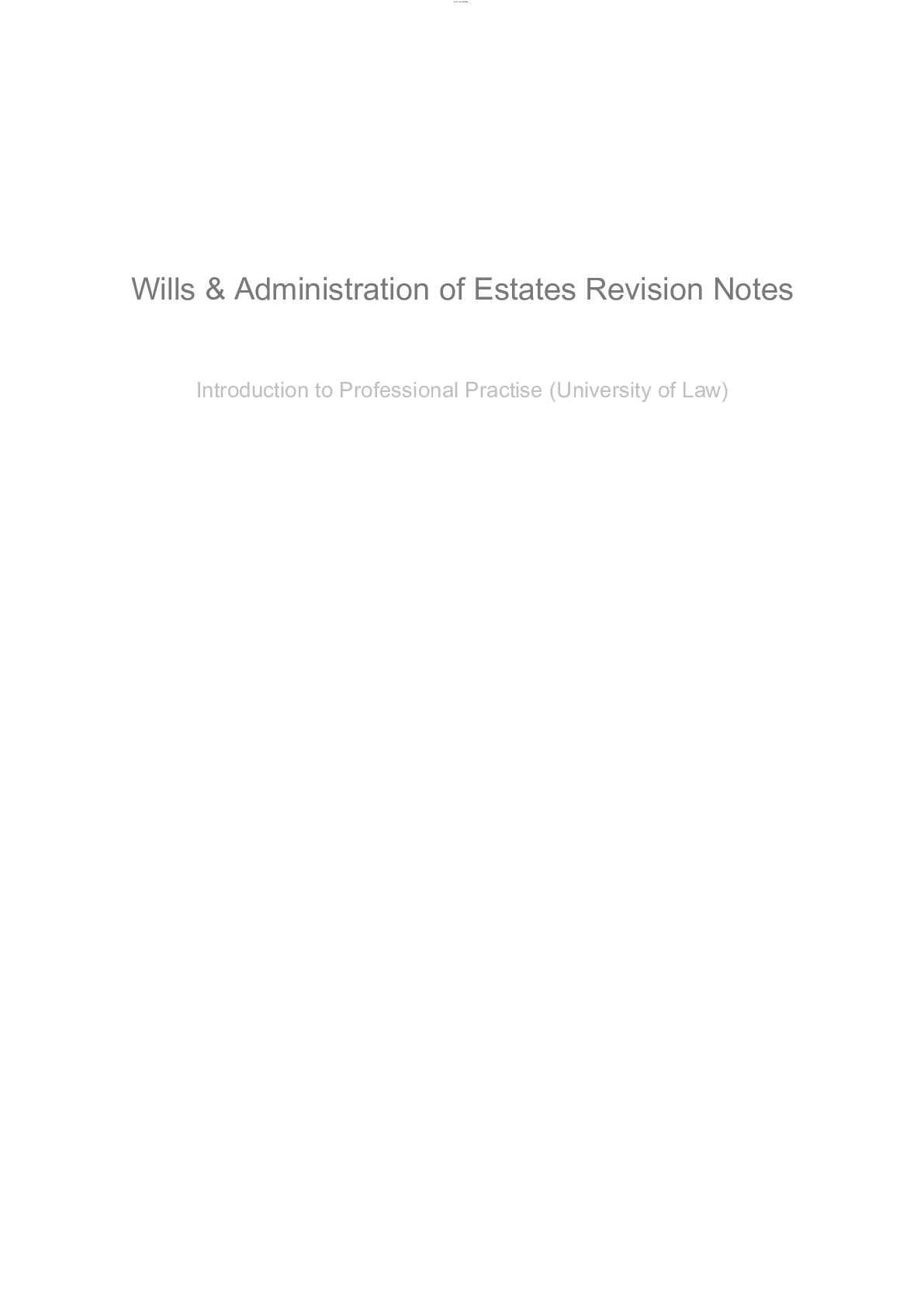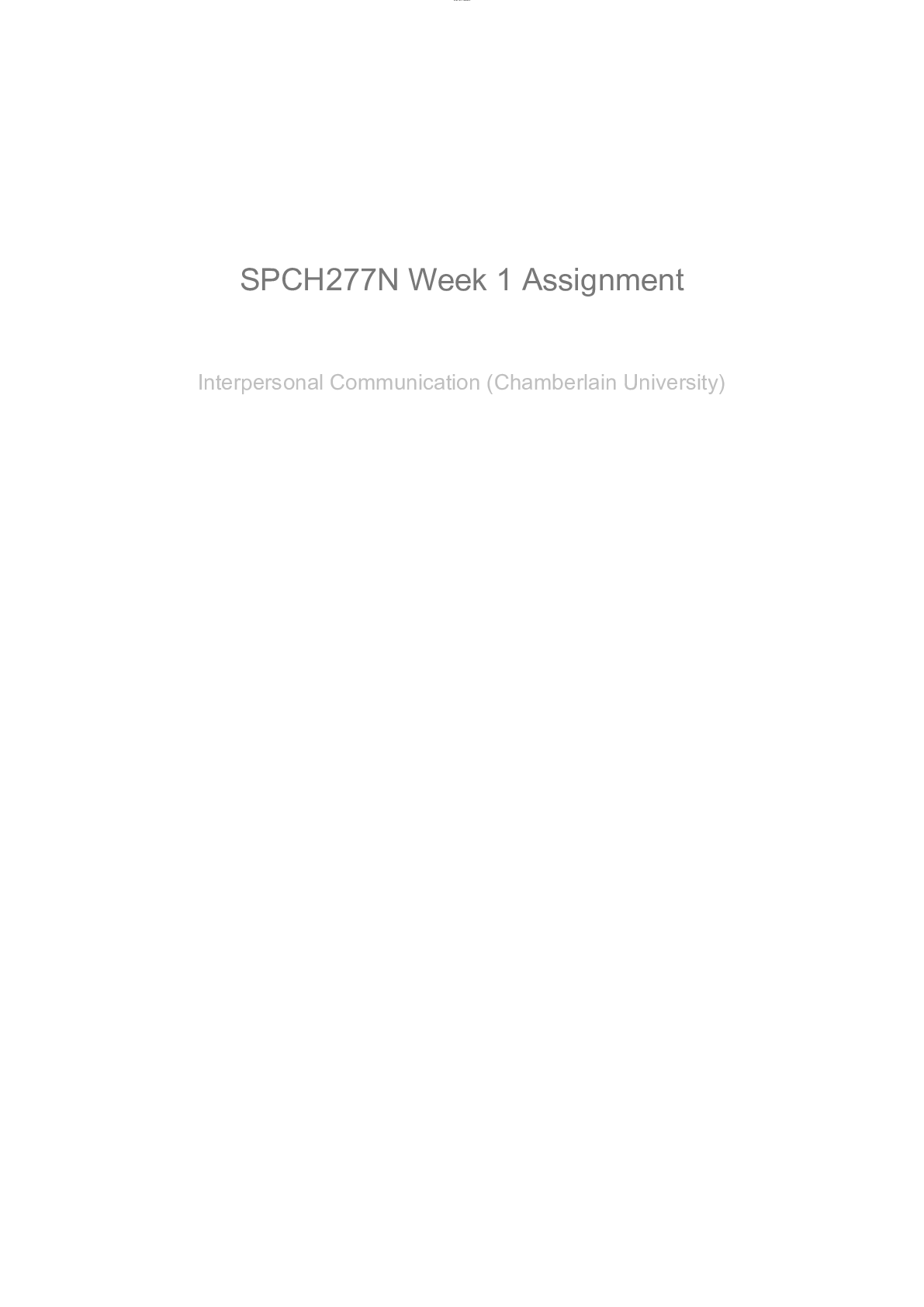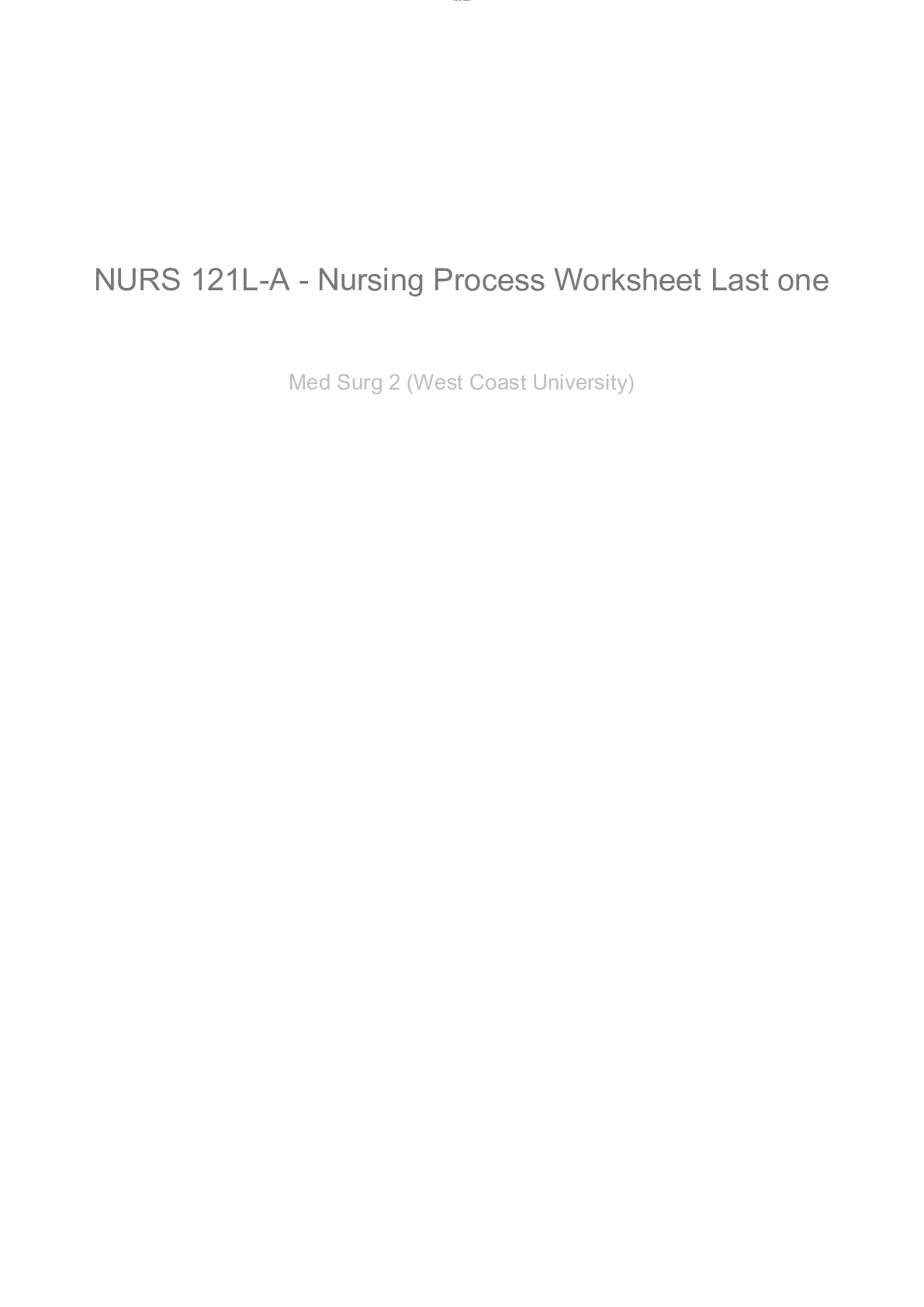Risk Management and Insurance > Study Notes > RSK4803+Topic+4+Risk+retention. (All)
RSK4803+Topic+4+Risk+retention.
Document Content and Description Below
TABLE OF CONTENTS TOPIC 4: RISK FINANCING – RISK RETENTION 1 LEARNING UNIT 14: RISK RETENTION 3 LEARNING UNIT 15: CONTINGENT CAPITAL 23 LEARNING UNIT 16: FINITE INSURANCE 26 LEARNING UNIT 17: C... APTIVE INSURANCE 33 TOPIC 4: RISK FINANCING – RISK RETENTION AIM The aim of this topic is to provide an overview of risk retention strategies as part of risk financing in the risk management process and to discuss contingency capital, finite insurance and captive insurers as part of the risk retention strategies. LEARNING OUTCOMES At the end of this topic, the student should be able to: • explain the dynamics between self-insurance and self-protection • explain the concept of mental accounting • explain the argument why self-insurance and saving can be regarded as substitutes • determine when self-funding should be considered by classifying risks into funding categories based on frequency, severity and predictability • demonstrate the ability to determine the appropriate level of self- funding by determining the level of self-funding an enterprise can afford • argue the advantages and disadvantages of risk retention • explain the statement “Today a standard quantitative method is employed to arrive at an appropriate decision involving risk” • explain the concept of EMV • explain the central limit theorem • explain the law of large numbers • distinguish between cardinal and ordinal utility • explain the benefits of debt • explain the cost of debt • explain the business effects of credit downgrades • explain the concept of contingent capital • explain the key features of contingency capital • explain the forms of contingency capital • explain the strategies the enterprise can deploy to reduce the information cost of capital • explain the concept of finite risk insurance • explain the key features of and objectives of finite risk insurance • explain the finite risk insurance structures and solutions • explain how the financial needs of an enterprise can be met with a finite risk solution • explain the features that distinguish finite risk insurance from traditional insurance • explain the nature of liabilities are typically covered by finite risk programmes • explain pre-loss versus post-loss funded finite risk programmes • explain the sound principles of finite risk insurance • explain the purpose of a captive • discuss the benefits of forming a captive • explain the factors that should be considered when evaluating the feasibility study of a captive • discuss the types of captives • explain the captive design life cycle • discuss the attributes of a successful captive insurance programme TOPIC CONTENT Learning unit 14: Risk retention Learning unit 15: Contingent capital Learning unit 16: Finite insurance Learning unit 17: Captive insurance OVERVIEW Topic 1 began with examples of enterprises where things went wrong, and although the causes for the problems appear to simple and easy to identify when we read the reports on the collapses, it is unfortunately a lot more complicated for the participants while the situation unfolds. We also discussed enterprise wide risk management to demonstrate the importance for top management to understand the “big picture” .to enable them to make the best decision for the enterprise. The purpose of Topic 2 provided some notes on decision making techniques, including the philosophy underpinning probability theory. We shall apply some statistical techniques during the course. For that reason, you need to read the section on “Assumed Knowledge” under the learning units. The purpose of Topic 3 was to introduce the fundamentals of risk financing such as the cost of risk and the alternatives available to the enterprise to finance risk. Topic 4 covers risk retention and the methods that can be used to optimise risk retention and risk transfer strategies. We also cover captive insurance and finite insurance. Although one can make a case that finite insurance, and to some extent captives can form part of alternative risk transfer (ART), we have included under this topic as there is a part of risk retention in the structures. ..........................................................................................continued........................................................................................................... [Show More]
Last updated: 1 year ago
Preview 1 out of 52 pages

Reviews( 0 )
Document information
Connected school, study & course
About the document
Uploaded On
Aug 24, 2021
Number of pages
52
Written in
Additional information
This document has been written for:
Uploaded
Aug 24, 2021
Downloads
0
Views
69

.png)
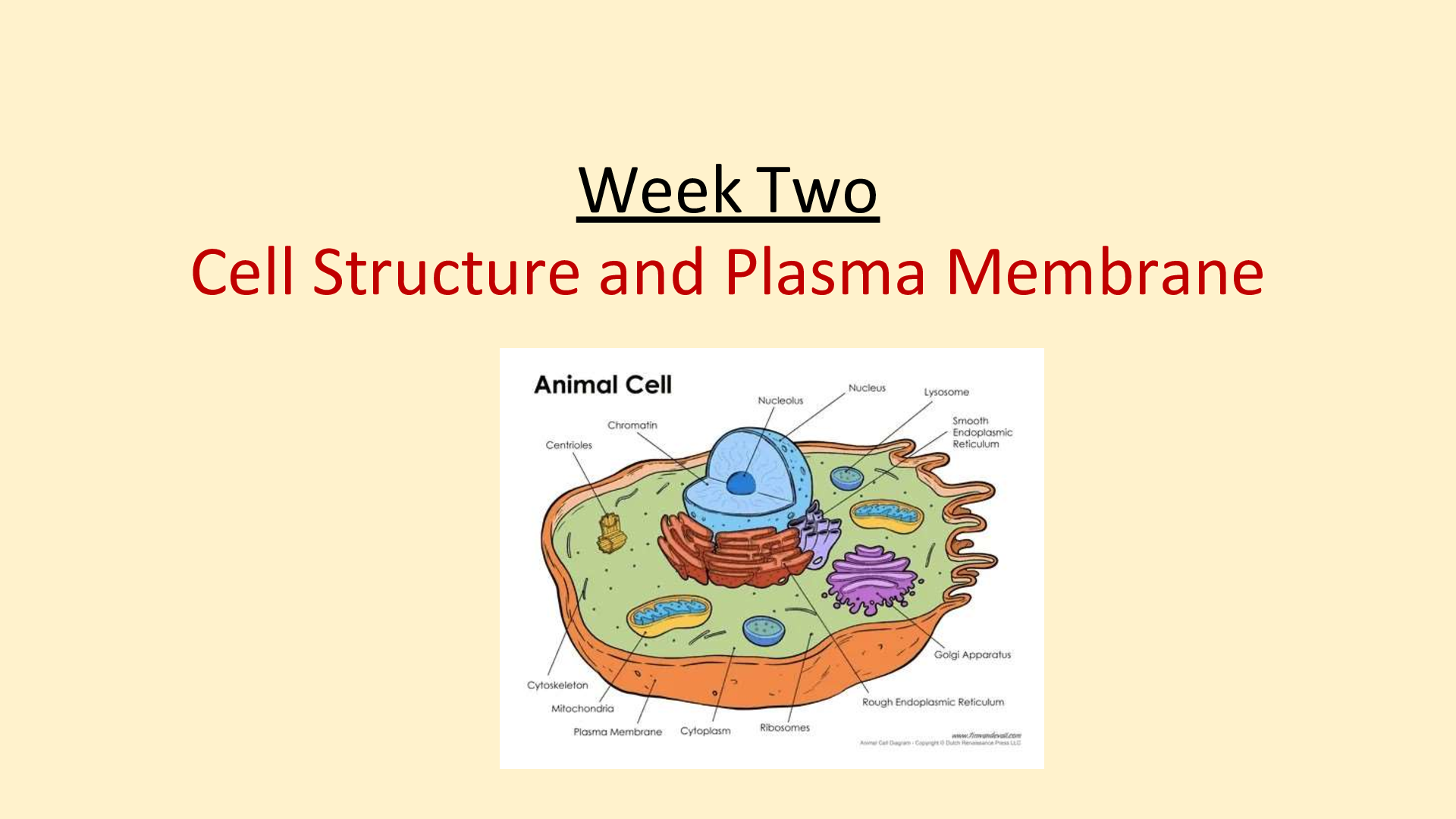
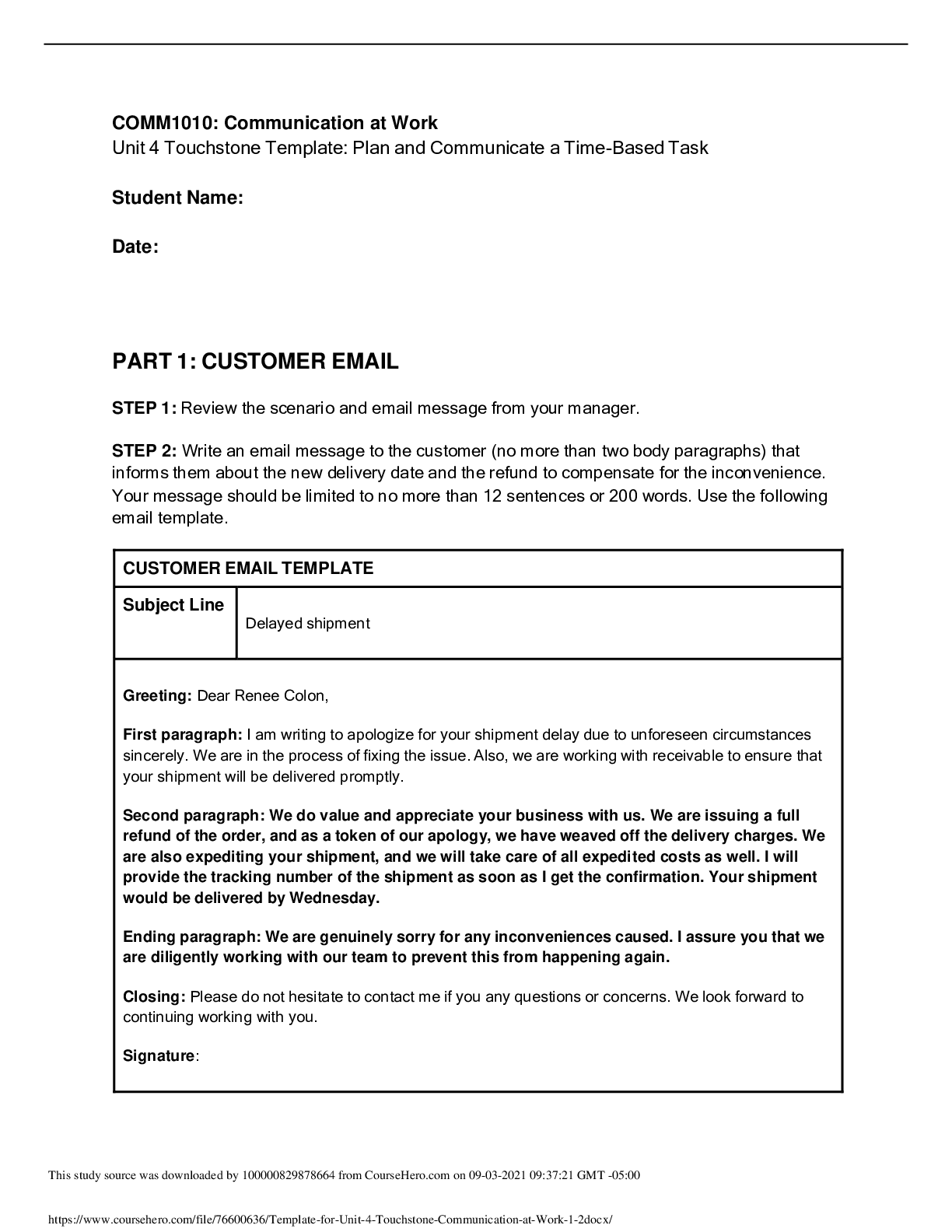


.png)
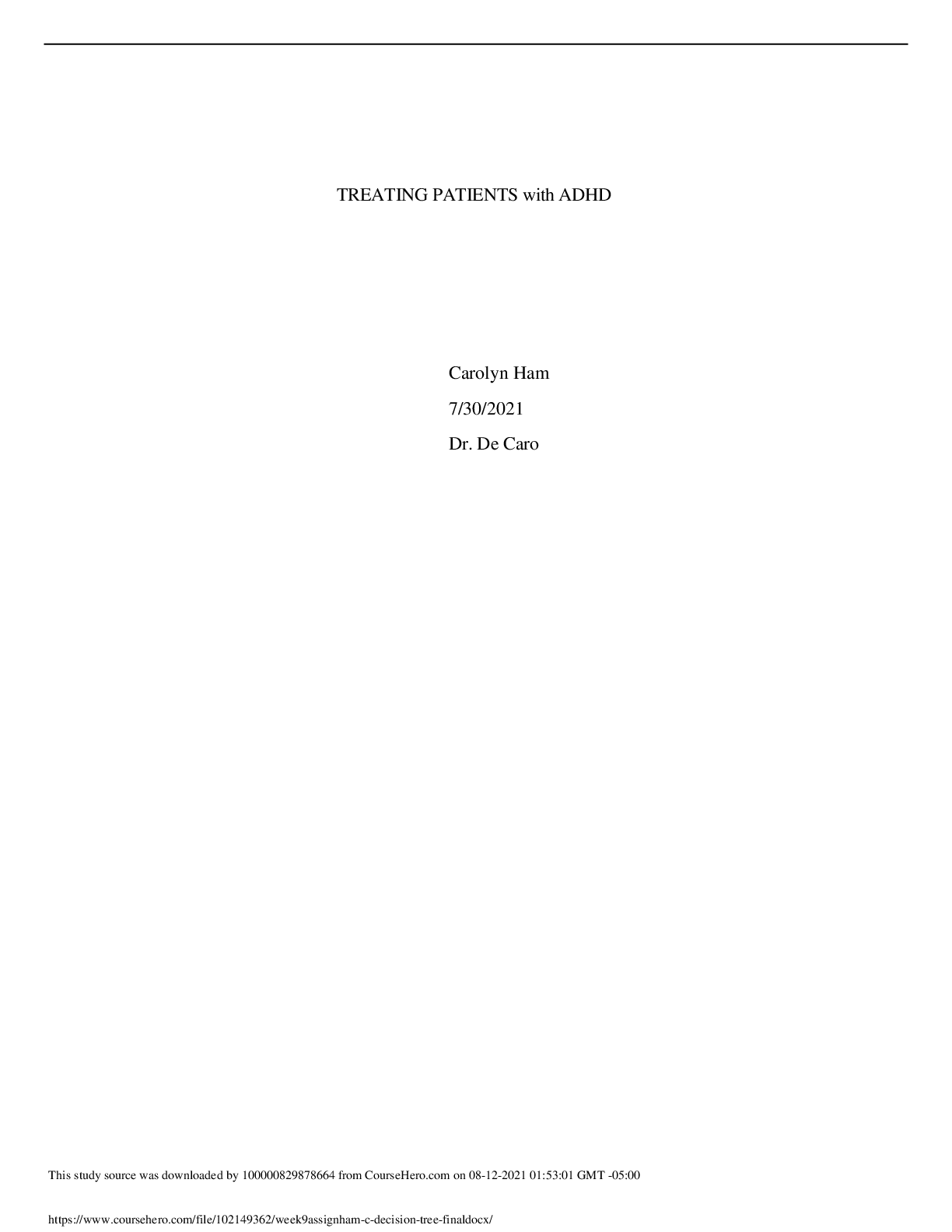

.png)

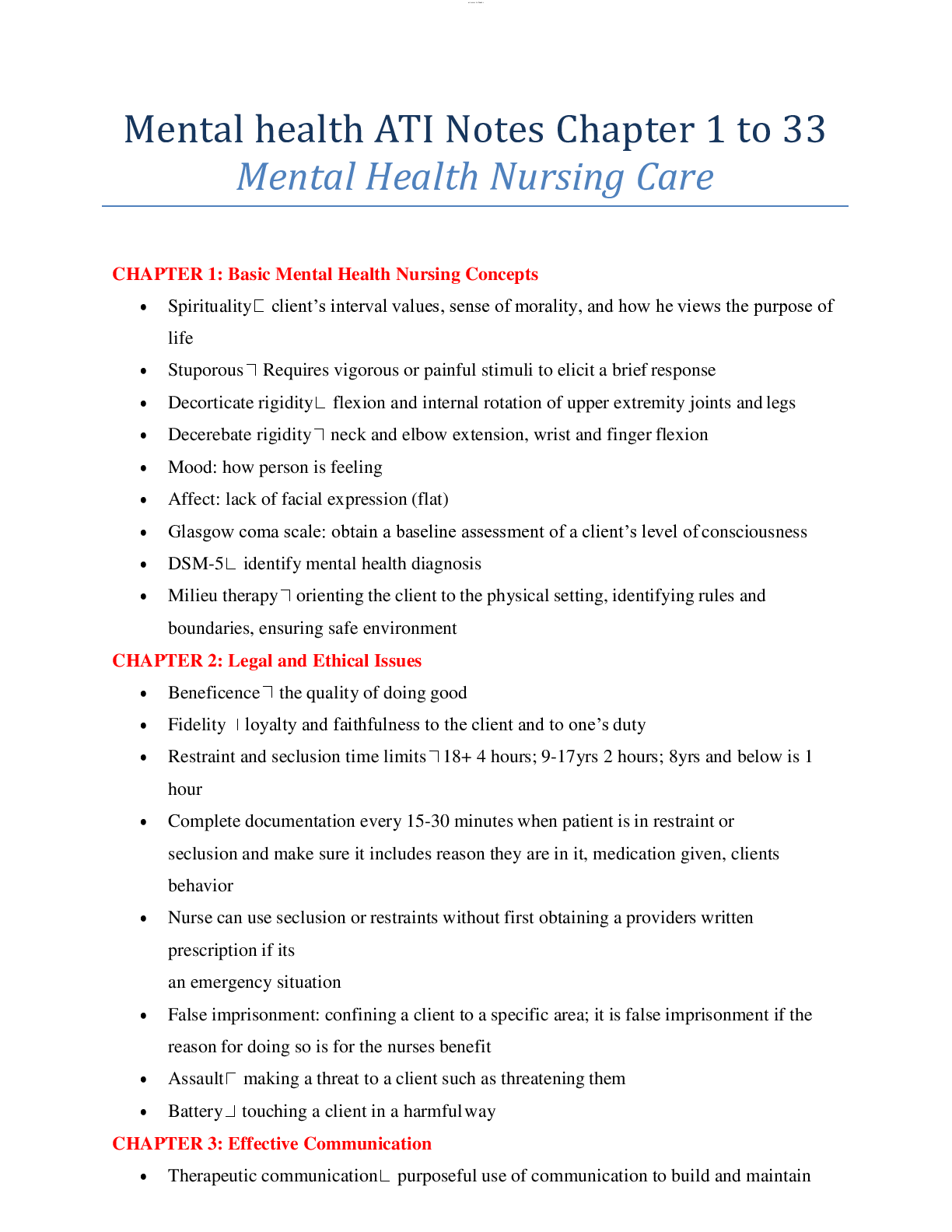
.png)


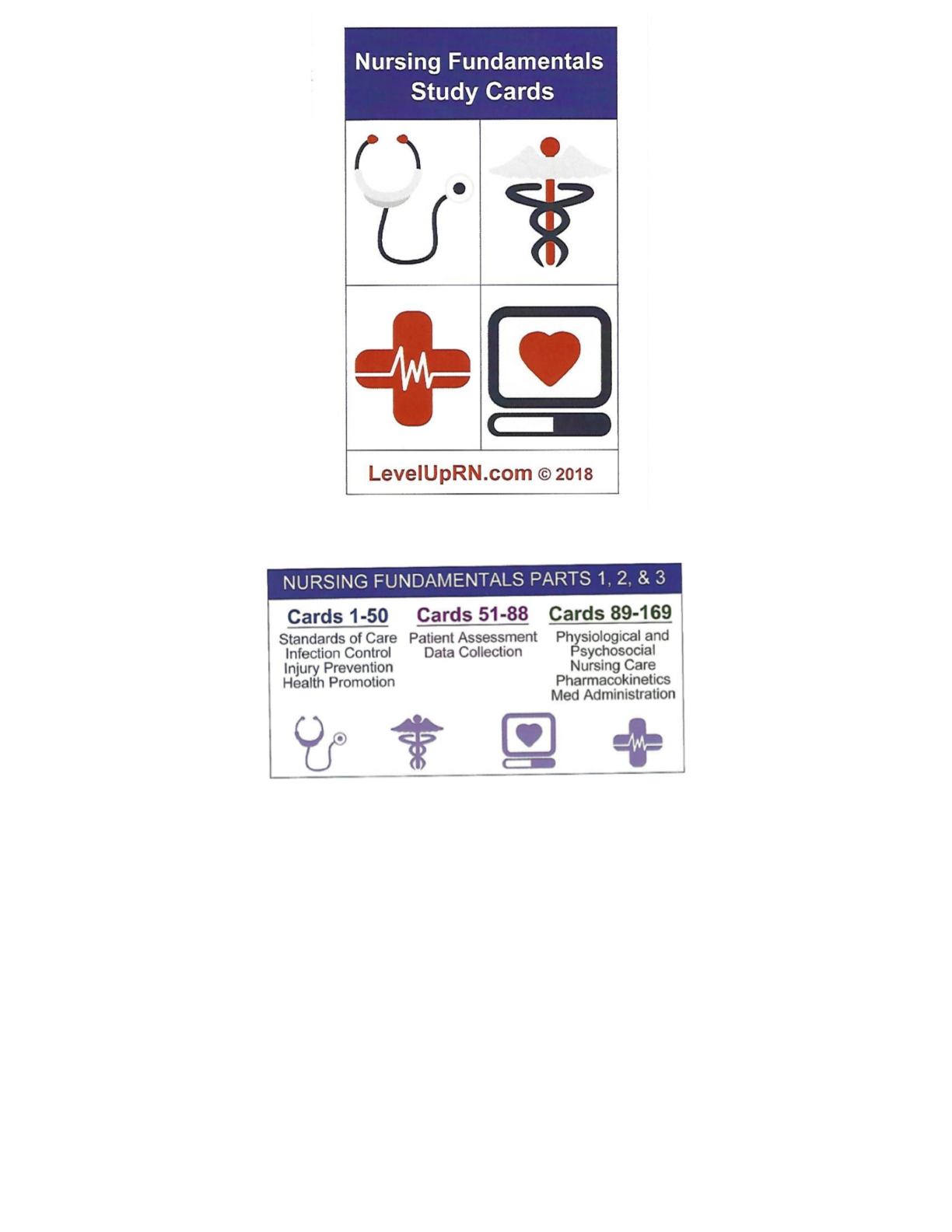


.png)

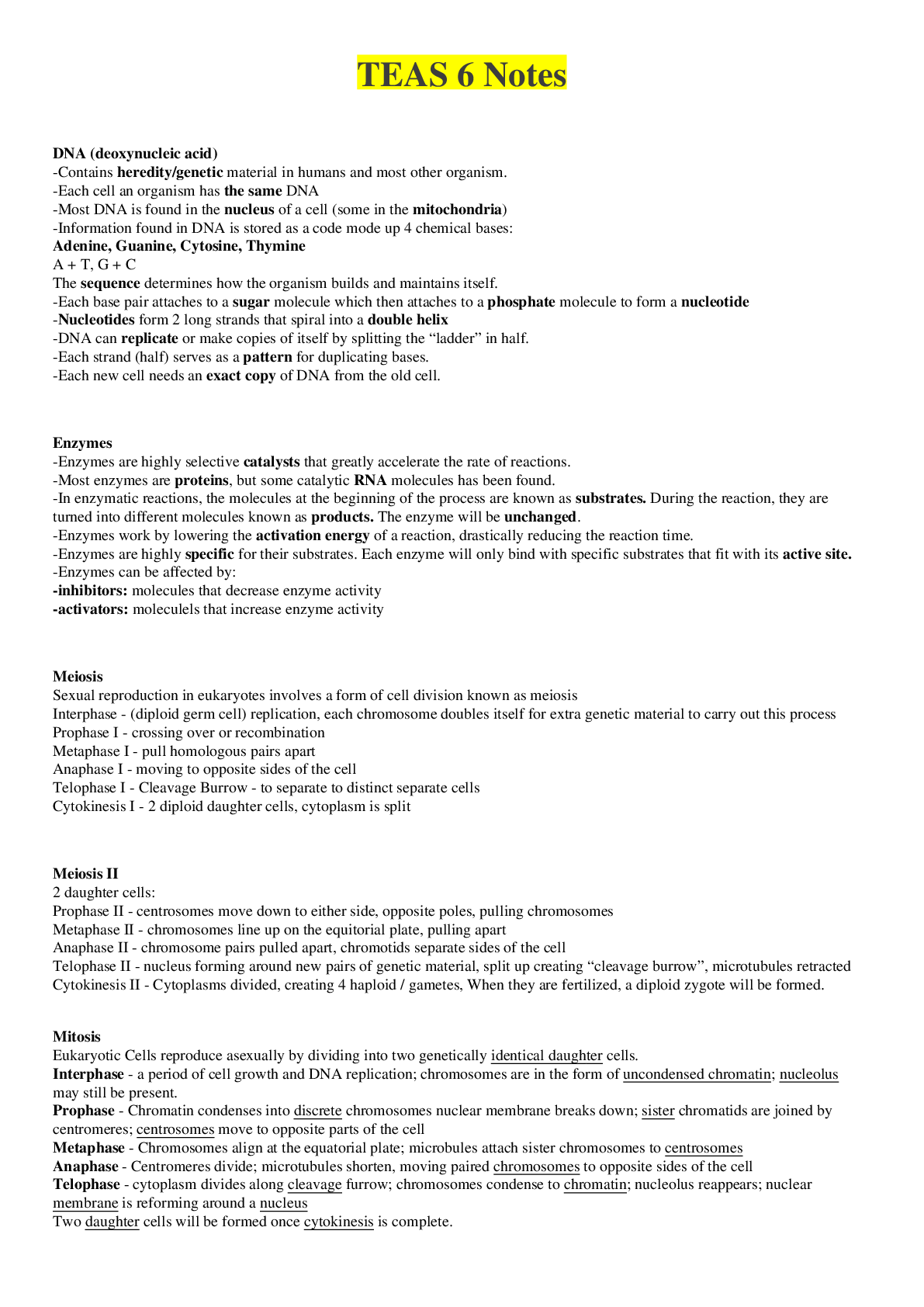

How Do Geographically Dispersed Teams Collaborate Effectively Paper.png)

